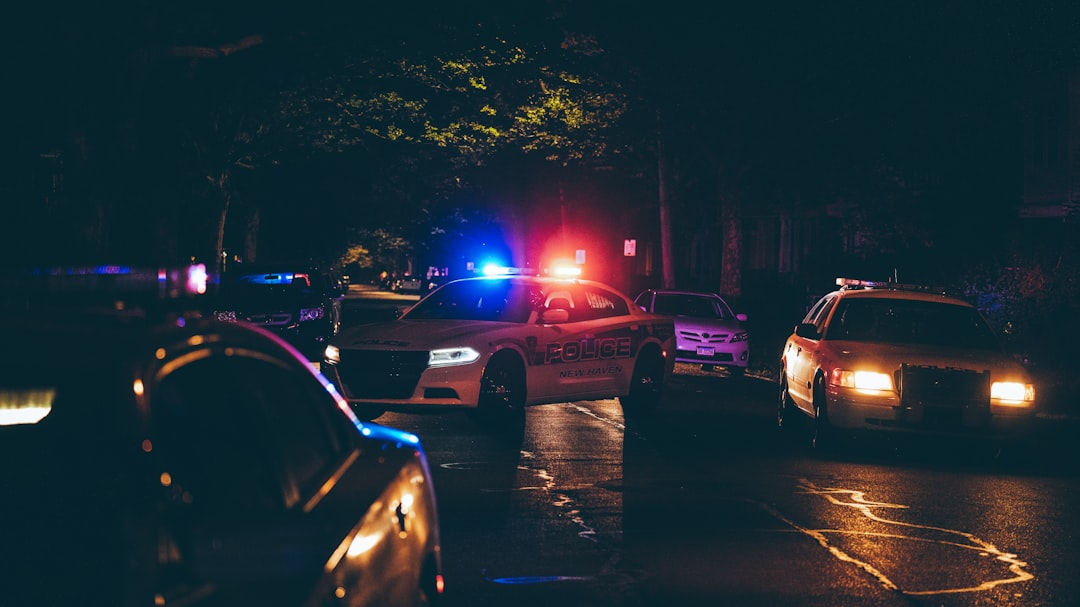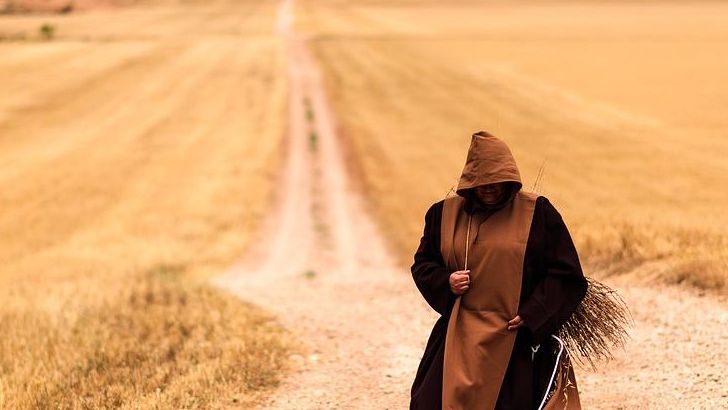A Young Patriot Steps into the Spotlight (image credits: Unsplash)
Under the hazy glow of streetlights in a bustling DC neighborhood, one ordinary evening turned into a blur of chaos and fists for a young man just trying to do the right thing.
A Young Patriot Steps into the Spotlight
Imagine being fresh out of high school, diving headfirst into a high-profile government role, and suddenly finding yourself at the center of a national story—not for policy wins, but for sheer bravery. That’s the unexpected path Edward Coristine took. At just 19, he joined the Department of Government Efficiency, or DOGE, a team buzzing with energy under big-name leadership.
Coristine, a Rye Country Day School graduate, quickly earned a nickname in online circles: “Big Balls.” It stuck because of his bold spirit, the kind that doesn’t back down. But nothing prepared him for what was coming that August night in 2025.
His story isn’t just about one attack; it’s a window into the risks young idealists face when they step into the real world of public service.
The Spark That Ignited the Chaos
Picture this: a quiet street in Logan Circle, DC, where friends are hanging out after a long day. Coristine was there with a female acquaintance when trouble brewed fast. A group of teenagers, some as young as 15, zeroed in on her car, looking to make a move that no one saw coming.
Without hesitation, Coristine jumped in to protect her. What started as a tense standoff exploded into violence as the group turned on him. Reports from the scene paint a picture of overwhelming numbers—up to a dozen teens swarming one guy who wouldn’t let go of his principles.
It’s moments like these that test character, and Coristine passed with flying colors, even as the odds stacked against him.
Inside the Brutal Assault
The attack was relentless, a flurry of punches and kicks that left Coristine reeling on the ground. He later described it as a “bunch of punches,” but the reality hit harder—a broken nose gushing blood and a concussion that blurred his vision. The teens didn’t stop until he was down, their aggression fueled by the anonymity of the night.
Despite the pain, Coristine fought back, trying to shield his friend and fend off the mob. Eyewitness accounts and police reports confirm the ferocity, with the group scattering only when sirens approached. It’s a stark reminder of how quickly urban nights can turn dangerous.
Coristine walked away, but the scars—physical and mental—linger as a testament to his courage.
Medical Toll and Road to Recovery
Waking up in the hospital after such an ordeal isn’t what anyone plans for their summer. Coristine spent time recovering from his injuries, dealing with the broken nose that required medical attention and the concussion that sidelined him for weeks. Simple tasks like focusing on work became a challenge amid the headaches and dizziness.
Support poured in from colleagues at DOGE and online communities who rallied around him. His recovery wasn’t just about healing the body; it was rebuilding confidence after staring down a gang of youths. By late September 2025, he was strong enough to share his side publicly.
Today, he’s back on his feet, but the experience has changed how he views everyday safety in the city.
Justice Moves Forward in the Courts
One silver lining came quickly: authorities arrested two teens involved, and by September 2025, a 15-year-old pleaded guilty to felony assault and robbery charges. It’s a step toward accountability, though Coristine knows not all culprits may face the same scrutiny. DC’s justice system is navigating these cases carefully, given the ages of those involved.
The plea deal highlights broader debates on juvenile crime—balancing rehabilitation with punishment. For Coristine, it’s partial closure, but he hopes it sends a message to deter others.
As the legal process unfolds, it underscores the need for swift action in urban assaults like this one.
DC’s Bigger Picture: Safety in the Shadows
Coristine’s story isn’t isolated; it’s part of a rising concern about teen violence in Washington, DC. Neighborhoods like Logan Circle, once seen as vibrant hubs, now grapple with incidents that make residents think twice before stepping out. Stats from local reports show a uptick in group assaults, often involving youth seeking thrills or quick gains.
City leaders are responding with more patrols and community programs, but critics argue it’s not enough. Coristine’s attack even drew comments from high places, sparking talks of federal involvement in DC policing. It’s a call to action for safer streets where heroes like him don’t pay such a steep price.
- Increased community watch initiatives to spot trouble early.
- Better lighting and surveillance in high-risk areas.
- Educational outreach to at-risk youth on consequences of violence.
- Stricter enforcement of curfews and group loitering laws.
- Support networks for victims to aid recovery and advocacy.
Key Takeaways
- Coristine’s bravery saved a friend but came at a personal cost—always prioritize calling for help when outnumbered.
- Juvenile justice needs balance: accountability without losing hope for reform.
- Urban safety starts with awareness; know your surroundings and support local anti-crime efforts.
In the end, Edward Coristine’s ordeal reminds us that standing up for what’s right can demand everything you’ve got, yet it also inspires others to do the same. What would you do if faced with a similar split-second choice?




